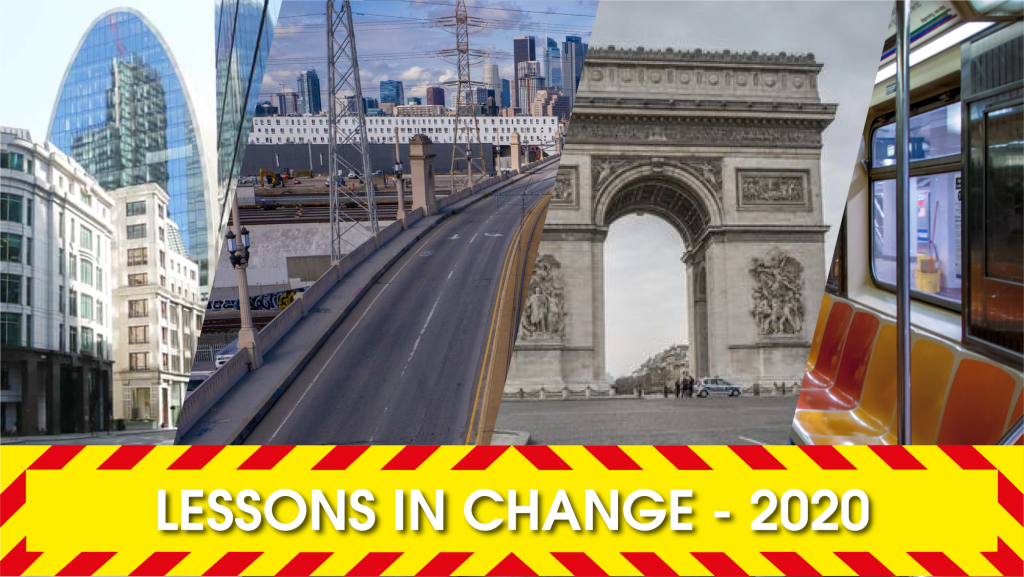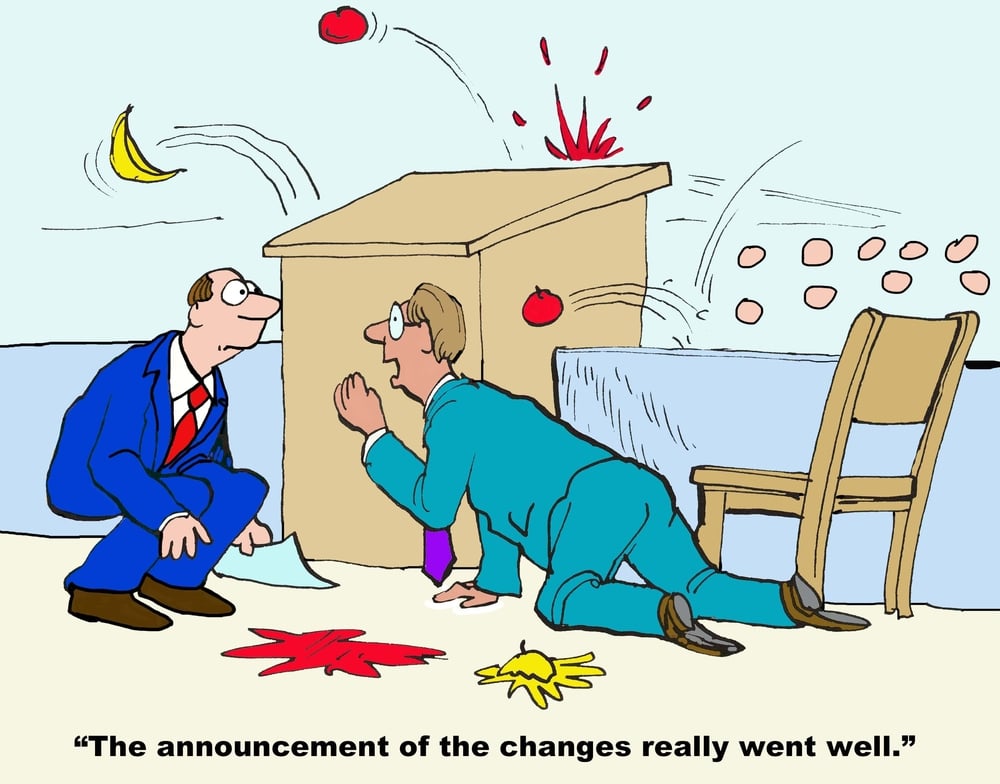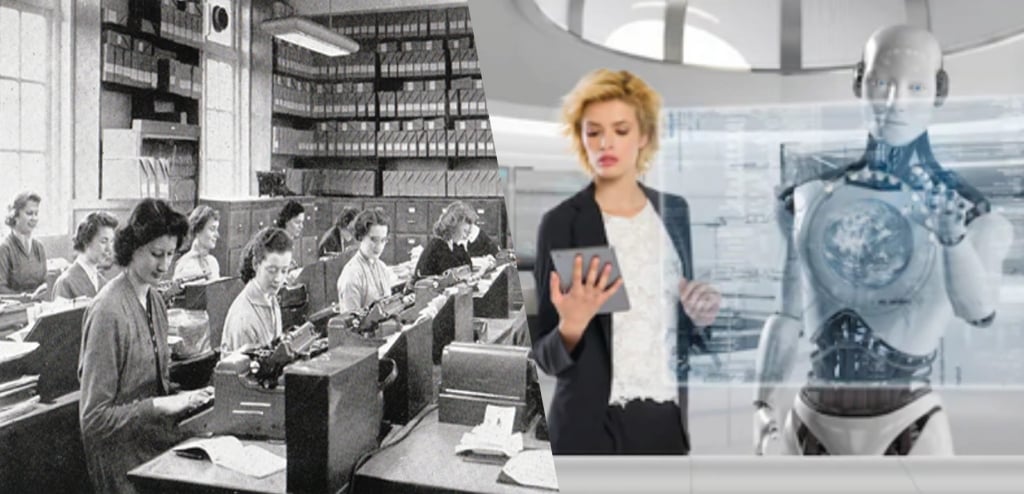Lessons in Change #2 – Ease the Friction
By Mark Vincent
Share

If you could change one thing about yourself, what would it be?
Most of us regularly do things that we know aren’t great for us, whether it’s eating more than we should, not exercising enough, drinking too much, too much time on social media etc. We know it rationally and yet our behaviour doesn’t always match our good intentions. So what’s stopping us making those behaviour changes, despite knowing they will be good for us?
At a macro level, there are national and global issues we need to address, such as climate change. Again, there is enough data suggesting we’re living unsustainably and yet we continue to do it, despite knowing that our very survival is under threat. And then there are those changes at work that seem so obvious on the face of it but feel like mission impossible to get done.
What’s causing this internal battle between our aspirations and our behaviour?
A useful analogy exists in physics: friction. In order for an object to move, the forward force or propellant must be greater than the friction working against it. So to gain any momentum, we either need to add more forward force or reduce the friction.
Behavioural science is showing us that behaviour change, whether in ourselves or others, works in a similar way. Our reason for changing is the forward force and the tendency to stay as we are, or resist is the friction. I discussed motivation for change in my last blog (here) so this time we’ll look at the friction. And, once again, the Covid-19 pandemic has given us a great case study we can learn from.
As the pandemic started to take hold and the scale of the changes needed to our lifestyle became clear, many of us would have been asking ourselves a number of questions, including:
- How am I going to pay my mortgage or buy food?
- What will happen to my business?
- How can I pay my employees?
In the UK we clearly believed in the message of protecting the NHS from overwhelm and thereby saving many lives. Something else was also at play though and was critical for the changes to happen at the scale and pace they did. Our belief in doing the right thing would have unravelled very quickly had we not believed our immediate concerns were being acknowledged and addressed, at least to some extent. Using the physics analogy, the friction would have caused the energy for change to dissipate very quickly and compliance with lockdown measures would have been much weaker.
Fortunately, the pace of acknowledging and addressing many of the financial security concerns was swift. Measures to reduce or remove their impact were quickly communicated and implemented; one of the most obvious being the now famous Furlough process. Whilst they weren’t perfect they demonstrated a clear intent and, from a behavioural compliance perspective when it mattered, this was critical.
Change friction can exist in many forms, although fear of losing something or protecting what we hold dear is generally present in some form or another. Our basic need for survival and security is paramount and that includes feeding ourselves and our family, keeping a roof over our head, so anything threatening that is generally to be avoided.
Any change brings a level of risk and uncertainty. We tend to give greater weight to what we know and feel comfortable with, even if we feel it’s not great, so our tendency is to stay as we are. Better the devil you know. This inertia is part of the friction and needs to be overcome in order for change to happen, either in ourselves or others. We can do that either by convincing ourselves that things can’t continue as they are or that the thing we are reaching for is worth the effort and risk. Ideally it’s a combination of both.
As we’ve seen in recent months, each of us has a different tolerance to risk and uncertainty, therefore that balance of risk and reward looks different to each of us. This is why some of us appear to be more comfortable with change than others; it’s how we perceive it.
And we also tend to value the present more highly than the future. So we’ll normally favour immediate benefit or gratification over longer term benefit, even if the latter seems greater. Beer, pizza or chocolate now vs a lean body in future; the next quarter results vs the longer term health of a business; consumption and economic growth vs long term sustainability.
Whatever the changes you’d like to see, whether personal, professional or global, you’ll find that taking the time to understand and find ways reduce the sources of friction will make a huge difference to the outcome and the pace of change.
Get in touch
If you’re starting a change, or already on the journey and need some support, we can help.
Whether it’s coaching or mentoring your leadership team, diagnosing low engagement or leading a change on your behalf, we have a range of options to suit different situations and budgets. Contact us by clicking the button to find out more.
Related content
How to Deal with a Resistant Team
You may have noticed that we can all be resistant to change at times. Let’s take a deeper look at why we typically resist and what can be done to ease that resistance
A new game needs new rules
The fixed organisation structures commonly used today were developed over 100 years ago. In our fast paced, highly unpredictable world they are likely to be working against us, slowing down and stifling innovation, just when it’s needed most. Technology advancements and globalisation have changed the game completely and so the organisational rules will also need to change.
Satya Nadella – Hit Refresh
Think that some organisations are too big or too well established to change? Think again. Satya Nadella and the team at Microsoft of proven otherwise.
Improving employee engagement
Employees make decisions, take actions and behave in ways that impact our businesses, other employees, customers and other stakeholders. Their level of engagement is therefore critical to business performance and agility in the face of change.
How to ensure your business changes stay airborne
With the end of the year in sight, many organisations are resolving to make big changes in the coming year, especially given the uncertainty around topics such as the energy crisis and uncertainty in the global markets. At the same time staff retention is becoming a hot topic for many. So how change is delivered is becoming ever more critical.






